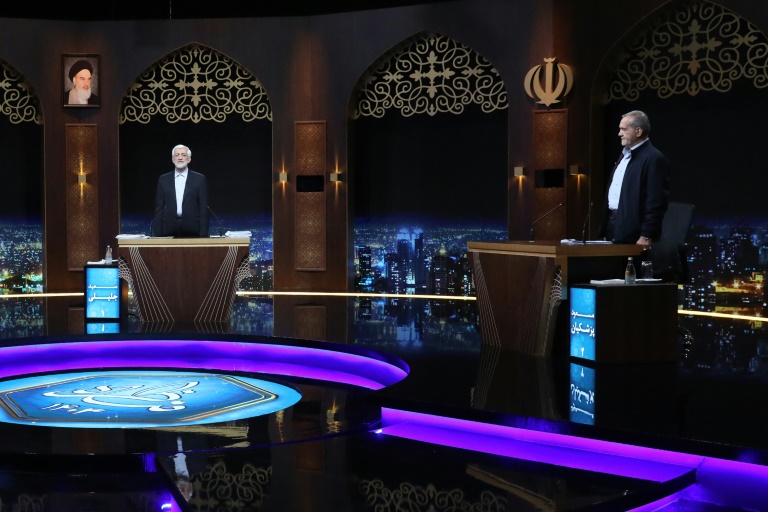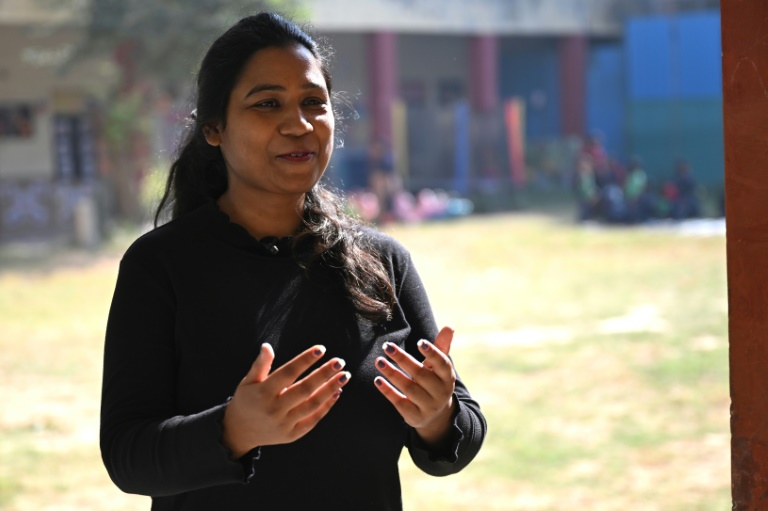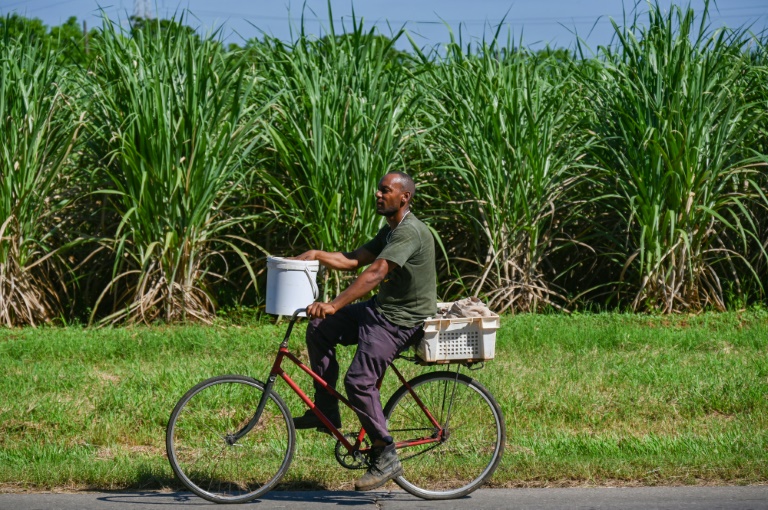The National Council of Resistance of Iran (NCRI) recently held a three-day summit at its Paris headquarters featuring hundreds of Western lawmakers and policy experts to discuss the future of the Islamic Republic in the wake of its latest presidential election. As a scholar who has examined the regime’s democratic opposition for almost two decades, I attended the gathering to garner insights into Iran’s future.
Referring to the Iranian people’s overwhelming boycott of its latest presidential election, the event’s keynote speaker, President-elect of the NCRI Maryam Rajavi, observed that “The sham elections of the religious dictatorship faced a massive boycott by 88% of eligible voters.The boycott highlights the determination of the Iranian people and the Iranian Resistance to overthrow the clerical regime and liberate Iran.”
But does the people’s latest electoral abstention, which defied so much as a personal appeal by Supreme Leader Ali Khamenei, really signify the irreparable weakening of the decade’s old clerical dictatorship? It appears so.
The NCRI’s main constituent group, the People’s Mojahedin Organization of Iran (PMOI/MEK), mobilized its nationwide network of “Resistance Units” to urge Iranians to defy the sham elections and “vote for regime change.” As with parliamentary elections earlier this spring, which also featured record low turnout brought about through grassroots organizing by the regime’s democratic opponents, the campaign seems to have worked.
In late 2022, Iran’s Islamist dictatorship came to the brink of overthrow at the hands of protesters demanding regime change in more than 300 cities across the country over a period of several months. Though the anti-regime rebellion that was organized by the PMOI was eventually driven back following at least 750 protester deaths and tens of thousands of arrests, the countrywide revolt was internationally recognized as the greatest challenge to Iran’s ruling system since its establishment in the wake of the 1979 Islamic revolution.
The NCRI’s estimate that just 12 percent of eligible voters participated in the first round of voting for Guardian Council approved candidates– and notwithstanding the outcome of the July 5 runoff, that is unlikely to be taken any more seriously – points to an exponential decline in the people’s willingness to participate in processes that serve little purpose other than to affirm the appearance that the regime’s rulers enjoy the consent of the governed.
By law, the president of Iran is an agent of implementation whose dictates are handed down by the supreme leader. It is widely acknowledged that the outcome of the presidential contest will have virtually no impact at either home or abroad on the future of Iran’s policies. The fact of the matter is that both domestic and foreign policy are established by the Ayatollah alone, and the body that will choose Khamenei’s replacement has already been empaneled by elections in which only loyalist hardliners were permitted to run.
Though Western policymakers may be tempted to seek a reset of relations by extending a post-election olive branch, the gesture would serve as a fool’s errand. Astute observers agree that the internal reform of Iran’s theocratic dictatorship is far less likely than an outright collapse of that system.
This was a major theme of the NCRI’s weekend summit and the accompanying rally by tens of thousands of Iranian expatriates in Berlin on Saturday. Members and supporters of the Resistance coalition share the belief that the recent electoral boycott is a precursor to the uprising’s resurgence, and that Western support for protesters and dissidents could help guarantee that the uprising achieves its ultimate goal of regime change.
“Whoever is the new President of Iran, he will inherit a regime that is weaker, less stable, and more prone to collapse than at any point in history,” said former US Vice President Mike Pence, who urged more assertive policies from American authorities and allies.
Thousands of lawmakers and former officials from at least 50 countries have issued similar appeals over the past few weeks, including majorities in both the British and the Italian parliaments, concluding that a revolution in Tehran is within reach.
Maryam Rajavi, who has been elected to lead a transitional government after the regime collapses, has authored a ten-point plan for Iran’s future. The plan includes a commitment to gender equality, abolishment of the death penalty, free and fair elections, separation of religion from the state, establishment of the rule or law, and a non-nuclear republic.
Overthrow of the regime by the people is the only means by which Iranians can hope to free themselves from the capricious and violently repressive will of a dictator who has been allowed to rule for too long. The Iranian people understand this and have expressed their contempt for their overseers through social protest, civil disobedience, and non-participation in each of the past four elections.
The international community should back the democratic aspirations of the Iranian people by formally recognizing their right to self-defense and implementing a coordinated maximum pressure campaign to topple the regime and replace the mullahs.
Prof. Ivan Sascha Sheehan is the associate dean of the College of Public Affairs and past executive director of the School of Public and International Affairs at the University of Baltimore. Opinions expressed are his own. Follow him on X @ProfSheehan







